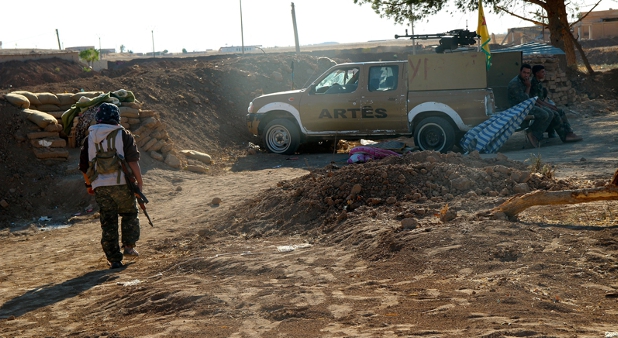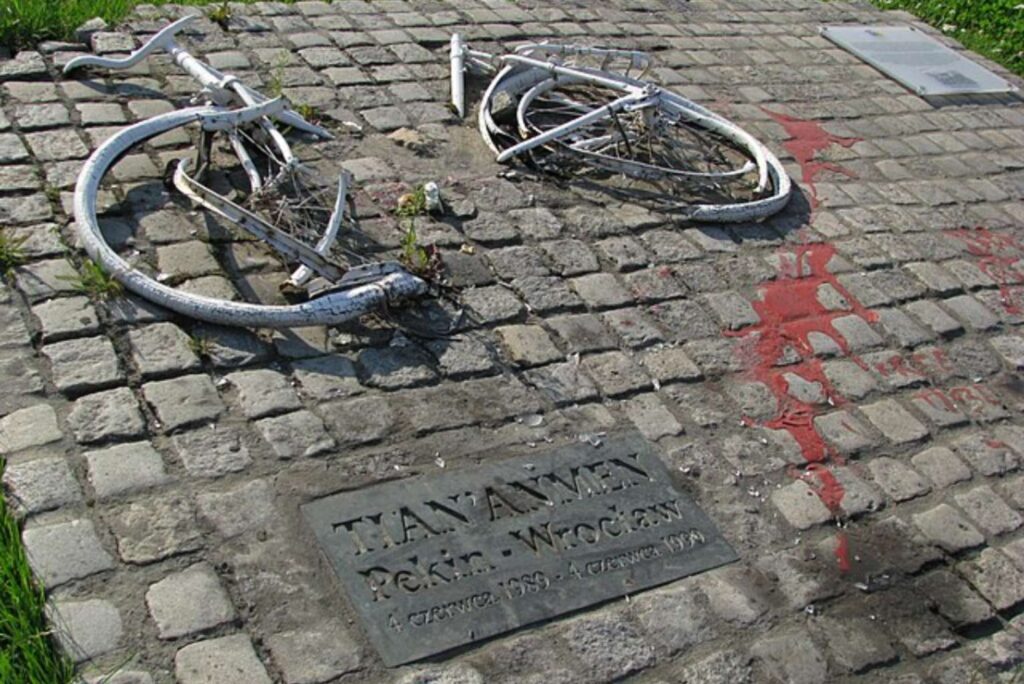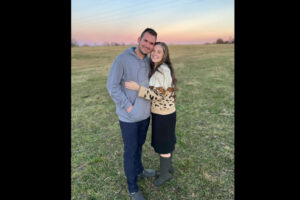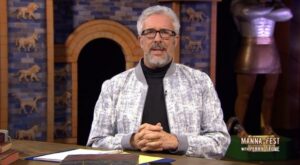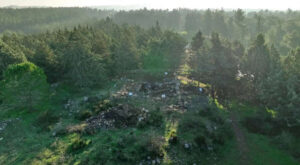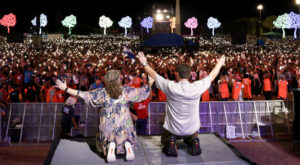QAMISHLI, Syria (RNS) — A Kurdish boy who looks no older than 11 mans the entrance of a military base in northeastern Syria.
His pants drag on the ground and his shirt hangs off his bony shoulders as he stands in an ill-fitting military uniform next to a Kalashnikov automatic rifle. Like many of the child soldiers in local Kurdish forces, he refuses to give his name or provide his age for fear of retribution.
The State Department says it has raised concerns about the use of child soldiers, even as the U.S. aids these Kurdish fighters battling against Islamic State militants in Syria through airdrops of weapons and supplies provided by Iraqi authorities.
Local authorities pledged this summer to remove all 149 child soldiers from the ranks of the main armed Kurdish force, the People’s Protection Units (YPG), but the group’s spokesman, Redur Khalil, admits some remain among its 50,000 troops in the region.
“It is not completely strange that cases of child soldiers still exist,” he said, adding it’s hard to know how many are left.
The besieged Syrian city of Kobani is a special case because “it is under attack, so we haven’t had a chance to check who is fighting underage there,” Khalil said.
Back at the Kurdish base in the Tel Hamis region, a 15-year-old fighter insists the boy manning the checkpoint is the same age as him. That’s not saying much since the teen is still under the legal age for a soldier—18—and international law prohibits using children in direct hostilities, including checkpoints.
With older soldiers watching, the teen, who volunteered his age, refuses to provide his name, obviously fearful. No cameras are allowed on the base or any other locations where child soldiers are seen.
At a residential apartment on the outskirts of Derike in northeastern Syria, dozens of fighters are recovering from their battlefield injuries. Among them is Naso, who received two gunshot wounds after clashing with the Islamic State at the Rabia border—crossing between Iraq and Syria.
Naso—who, like the other boys, won’t give his full name—said he joined the Kurdish forces two months ago after his two brothers were killed in combat.
He also says he’s 16 years old.
An older soldier then whispers in his ear.
“Oh, sorry, I got confused. Actually I am 19,” Naso all-too-quickly corrects.
Many of the children-turned-soldiers were politically motivated and indoctrinated from an early age by their families’ support for the Kurdish fighters, said Mehmet Balci, program director for the Middle East at Geneva Call, a Switzerland-based organization that protects children in armed conflict.
Of the 149 removed from the Kurdish forces in the summer, some returned home, Balci said. “But it is thought that some others would have run away … most probably to join again the YPG,” he added.
To combat the ongoing issue, the region’s self-declared autonomous government set up six training camps to remove children from the fighters’ ranks and provide an outlet for those who want to join but are too young.
Even the camps, designed for older teens ages 16 to 18 to teach Kurdish language, politics, women’s rights and self-defense, have problems. Galia Naamet, who is responsible for child soldiers in one of Syria’s three Kurdish enclaves, said children as young as 13 are allowed to join.
“It is important to understand that everyone has been influenced by the YPG, so it has been hard to close the door to a certain group of society—that is, those under 18,” she said.
There are good signs: Some children were removed from fighting in Kobani to the camps to ensure their safety, Naamet said. They’ll be given new clothes—traditional navy pants and a purple shirt—that will distinguish them from the legal-age fighting force.
When the children were removed from fighting, “we had a strong reaction,” she said. “It has been hard to make children understand why. They saw themselves as soldiers, as grown adults.”
(Sophie Cousins writes for USA Today.)
See an error in this article?
To contact us or to submit an article


